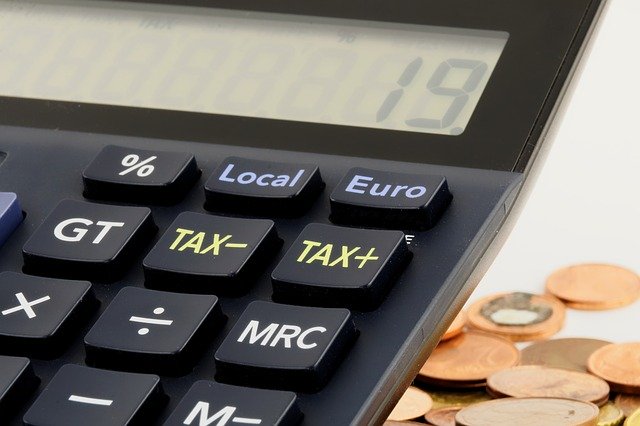GST rate on inputs could be different from that of output, even in the case of traded goods. This may be on account of:
- Reduction in GST rate between the time of purchase and that of sale;
- Supply of traded products, with partial exemption (e.g., supply of certain scientific instruments, etc. to notified institutions vide Notification No.45/2017-Central Tax (Rate)).
CONFLICT BETWEEN STATUTE AND CIRCULAR
Paragraph 3 of Circular No.135/05/2020-GST dated March 31, 2020 issued by the Central Board of Indirect Tax and Customs (CBIC) specifically denies refund of accumulated Input Tax Credit (ITC) in situations where the tax rate is reduced on traded products.
On the other hand, clause (ii) of the first proviso to Section 54(3) of Central Goods and Services Tax (CGST) Act, 2017 allows refund of un-utilised ITC where such ITC is accumulated on account of tax rate on inputs being higher than the tax rate on output supplies.
JUDGMENT / ORDER OF THE GAUHATI HIGH COURT
The Gauhati High Court observed[1] that there is a conflict between the statute and circular, as detailed above. If there is any conflict between the provisions of an enactment and that of a notification / circular thereunder, the former would prevail. Consequently, it held that the portion of the circular (detailed above) should be ignored.
[1] WP(C)/3878/2021 dated September 02, 2021
COMMENTS / ANALYSIS
Vide our post dated April 12, 2020 (http://vsrca.in/gst/refund-circular-135-issues/), we had explicitly mentioned that: “… The said clause nowhere restricts refund if the input and output are the same product. … While the Government can issue Circulars for easing the restrictions in law or for administrative convenience, it should desist from interpreting the law through Circulars. It is highly plausible that a smart assessee would knock the doors of the judiciary for justice on this count.”
In the instant case, the Gauhati High Court dealt with a situation where the tax rate on certain partly exempt output supplies were lower than the tax rate on inputs. This judgment would hold good even for taxpayers who faced significant changes in tax rates during the first two years under the GST regime.


